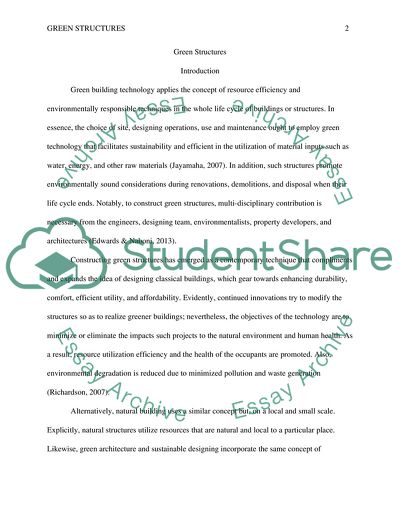Cite this document
(Green Building Technology Coursework Example | Topics and Well Written Essays - 1500 words, n.d.)
Green Building Technology Coursework Example | Topics and Well Written Essays - 1500 words. https://studentshare.org/engineering-and-construction/1832005-green-structures
Green Building Technology Coursework Example | Topics and Well Written Essays - 1500 words. https://studentshare.org/engineering-and-construction/1832005-green-structures
(Green Building Technology Coursework Example | Topics and Well Written Essays - 1500 Words)
Green Building Technology Coursework Example | Topics and Well Written Essays - 1500 Words. https://studentshare.org/engineering-and-construction/1832005-green-structures.
Green Building Technology Coursework Example | Topics and Well Written Essays - 1500 Words. https://studentshare.org/engineering-and-construction/1832005-green-structures.
“Green Building Technology Coursework Example | Topics and Well Written Essays - 1500 Words”. https://studentshare.org/engineering-and-construction/1832005-green-structures.


